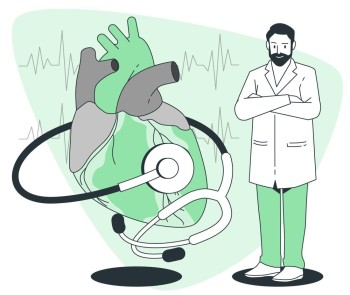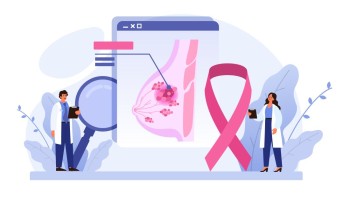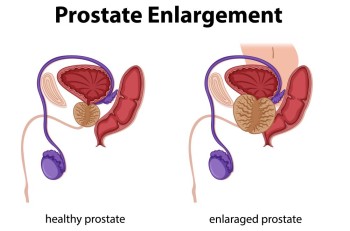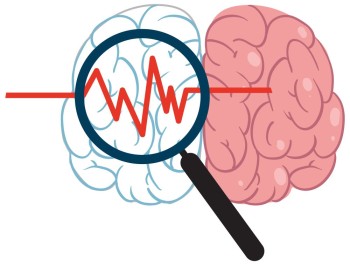
An MRI Fistulogram is a specialized imaging technique designed to visualize and assess fistulas in the body.
Fistulogram MRI Scan with Cost
MRI Fistulogram: Navigating the Intricacies of Fistula Imaging
1. Definition and Purpose:
An MRI
Fistulogram is a specialized imaging technique designed to visualize and assess
fistulas in the body. Fistulas are abnormal connections between organs,
vessels, or tissues. The primary purpose is to provide detailed, non-invasive images of the fistula, aiding in diagnosis and treatment planning.
2. The Imaging Process:
Patient Preparation: Before the procedure, patients may be advised to fast for a few hours, and they should inform the healthcare team about any allergies or pre-existing conditions.
Contrast Agent: A contrast agent is often administered intravenously to enhance the visibility of the fistula during imaging.
3. MRI Technology Advancements:
High-Resolution Imaging: Modern MRI technology offers high-resolution images, providing detailed insights into the anatomy and structure of the fistula.
Multi-Sequence Imaging: Different imaging sequences are employed to capture various aspects of the fistula, ensuring a comprehensive evaluation.
4. Conditions Diagnosed with MRI Fistulogram:
Gastrointestinal
Fistulas: Identification and characterization of fistulas in the
gastrointestinal tract, aiding in the diagnosis of conditions like Crohn's
disease.
Perianal Fistulas: Assessment of perianal fistulas, common in conditions such as inflammatory bowel disease.
5. Patient Experience:
Non-Invasive
Nature: Unlike traditional fistulogram procedures that may involve invasive
techniques, MRI Fistulogram is non-invasive, eliminating the need for surgical
interventions.
Comfort and Safety:
Patients generally experience minimal discomfort during the procedure, and the
absence of ionizing radiation ensures safety.
6. Advantages Over Other Imaging Modalities:
No Radiation Exposure: Unlike fluoroscopy or X-ray fistulograms, MRI does not expose patients to ionizing radiation, making it a safer alternative.
Soft Tissue Differentiation: MRI excels in soft tissue differentiation, providing clear images of surrounding structures and facilitating accurate diagnosis.
7. Interpreting Results and Consultation:
Radiologist's Expertise: A radiologist, specialized in interpreting medical images, carefully assesses the MRI Fistulogram results.
Consultation with Healthcare Provider: Following the examination, patients consult with their healthcare provider to discuss findings, explore treatment options, and address any concerns.
8. Conditions Influencing Fistula Formation:
Inflammatory Conditions: Fistulas can result from chronic inflammatory conditions, such as Crohn's disease or infections.
Previous Surgeries: Surgical history may contribute to the development of fistulas, especially in the gastrointestinal or perianal regions.
9. Importance of Timely Diagnosis:
Preventing Complications: Timely identification of fistulas allows for prompt intervention, preventing potential complications and improving overall patient outcomes.
10. Future Trends and Research:
Advancements in Imaging Techniques: Ongoing research aims to enhance imaging techniques, potentially improving the detection and characterization of different types of fistulas.
In conclusion, the MRI Fistulogram stands as a vital tool in the realm of diagnostic imaging, offering a detailed and non-invasive approach to the evaluation of fistulas. From patient preparation to the interpretation of results, this procedure plays a crucial role in the diagnosis and management of various medical conditions involving abnormal connections between tissues and organs.
FAQs (Frequently Asked Questions) about Fistulogram MRI
Q1: What is an MRI Fistulogram, and how does it differ from traditional imaging methods?
A1: An MRI Fistulogram is a specialized imaging technique designed to visualize and assess fistulas in the body, providing detailed insights into abnormal connections between organs or tissues. Unlike traditional methods, it is non-invasive and uses high-resolution imaging technology for a comprehensive evaluation.
Q2: How should I prepare for an MRI Fistulogram?
A2: Patient preparation typically involves fasting for a few hours before the procedure. It's essential to inform the healthcare team about any allergies or pre-existing conditions. In some cases, a contrast agent may be administered intravenously to enhance visibility during imaging.
Q3: What conditions can be diagnosed with an MRI Fistulogram?
A3: MRI Fistulogram is particularly effective in diagnosing conditions like gastrointestinal fistulas, aiding in the assessment of issues related to the gastrointestinal tract, such as those seen in Crohn's disease. It is also valuable for evaluating perianal fistulas, often associated with inflammatory bowel disease.
Q4: How long does an MRI Fistulogram procedure take, and what can I expect during the examination?
A4: The duration of an MRI Fistulogram is usually around 30 to 60 minutes. During the procedure, patients lie comfortably while the imaging machine captures high-resolution images of the fistula. The process is non-invasive, and patients typically experience minimal discomfort.
Q5: What advantages does an MRI Fistulogram offer over traditional imaging modalities?
A5: Unlike traditional methods like fluoroscopy or X-ray fistulograms, MRI Fistulogram does not expose patients to ionizing radiation, ensuring a safer alternative. Its ability to provide high-resolution images and differentiate soft tissues makes it particularly advantageous for accurate diagnosis.
Q6: Can everyone undergo an MRI Fistulogram, and are there any contraindications?
A6: While MRI Fistulogram is generally safe for most individuals, those with certain medical conditions or metal implants should inform their healthcare provider. Pregnant individuals should also communicate their condition to ensure appropriate precautions are taken.
Q7: What happens after the MRI Fistulogram, and how are the results interpreted?
A7: Following the examination, a specialized radiologist interprets the results. Patients then have a consultation with their healthcare provider to discuss findings, explore treatment options, and address any questions or concerns.
Q8: Are there any ongoing advancements or research in the field of MRI Fistulogram?
A8: Ongoing research aims to enhance imaging techniques, potentially improving the detection and characterization of various types of fistulas. Advancements in technology may further refine the diagnostic capabilities of MRI Fistulogram.
(0)
Login to continue



